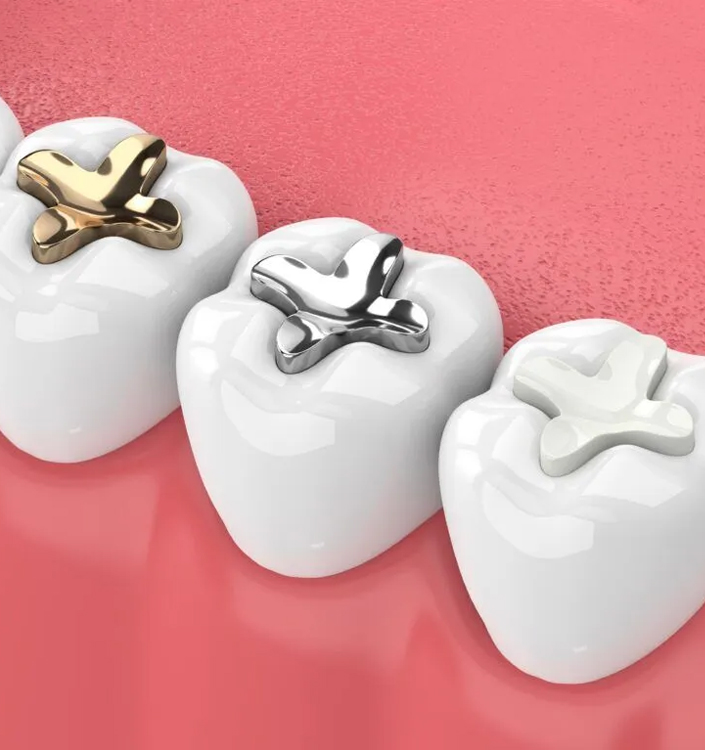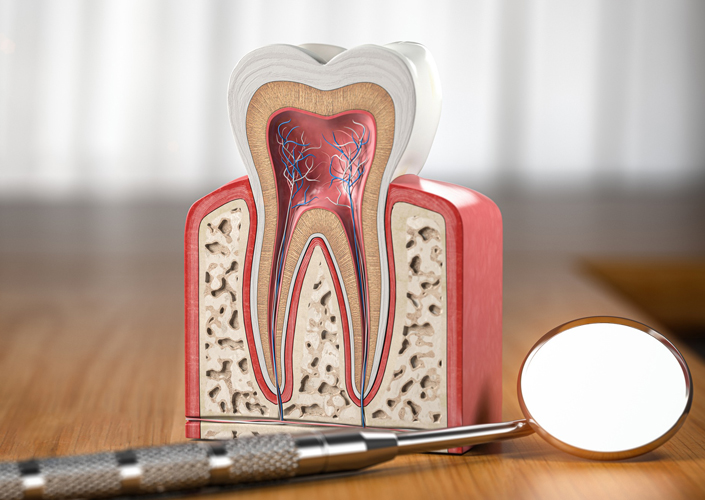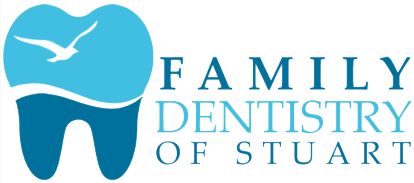5761 SE Federal Hwy, Stuart, FL 34997

Dental Cleanings
Routine dental exams are important to maintaining healthy teeth and gums. Additionally, they can help to avoid the financial costs associated with large treatment plans later on. The Academy of General Dentistry recommends twice yearly checkups for people of all ages. At this frequency, most problems can be caught while they remain in an early stage.
LEARN MORE

Routine Exams X-rays
Routine dental cleanings are important to maintaining good oral hygiene. Professional cleaning by a hygienist can remove mineralized plaque that may develop even with careful brushing and flossing, particularly in areas that are difficult to reach. It is recommended you go in for a cleaning once every six months.
You can expect your dental cleaning to last between 30 minutes and an hour. Typically, a trained hygienist will do the cleaning, and a dentist may come in for an exam at the end. Most people find that dental cleanings are painless, and do not cause any discomfort.
LEARN MORE

Composite Fillings
When treating a cavity, the dentist will remove the decayed portion of your tooth and fill it with another substance. This procedure is called a filling. There are multiple options for the material to be used in the filling, the most common of which are composite fillings and amalgam fillings.
A composite filling is also known as a tooth colored filling, since the material used in the filling can be closely matched to the color of your teeth. Composite fillings provide good durability for small to medium cavities, and the procedure typically involves removing less of a tooth than you would during an amalgam filling. They are also particularly well suited for treating front or highly visible teeth because of their natural look.
LEARN MORE

Root Canal Therapy
Root canal therapy is treatment used to repair and save a tooth that has been infected due to a deep cavity or cracked tooth. The treatment involves removing the pulp and the nerves of the tooth, and cleaning the infected area. A tooth's pulp and nerve are not important to a tooth's health and function after the tooth has fully emerged from the gums. If the treatment is not performed, bacteria builds up at the root tip and the infection of the pulp can spread to the surrounding bone. The results in pain and swelling, and your tooth would likely have to be removed.
LEARN MORE

Tooth Extractions
The third molars (also known as “wisdom teeth”) are the last adult teeth to emerge into your smile – but this late arrival isn’t typically a happy occasion. Today, our mouths simply don’t have enough room to accommodate these teeth in most cases, and as a result, they can become impacted (trapped within the bone) or dangerously overcrowded. If we determine during a regular checkup that these teeth pose a threat to overall oral health, Dr. Shaik can bring a specialist into the office to conveniently and comfortably remove them.
LEARN MORE

